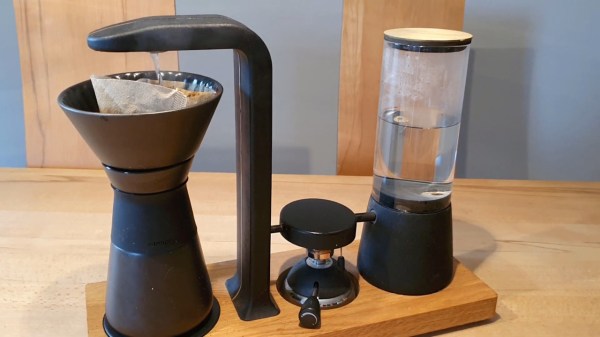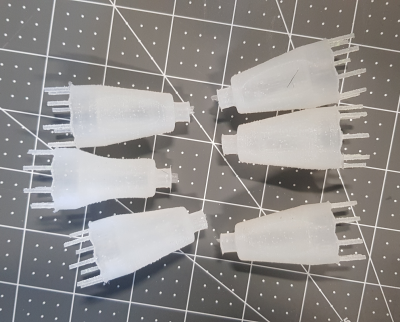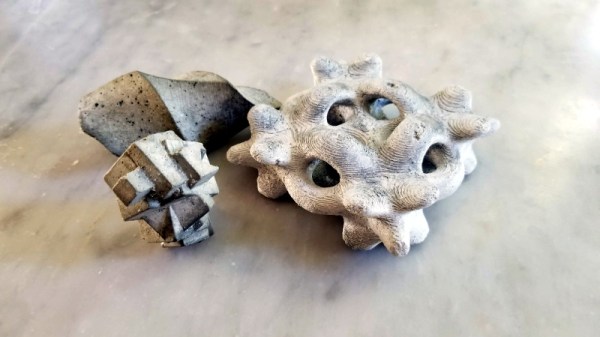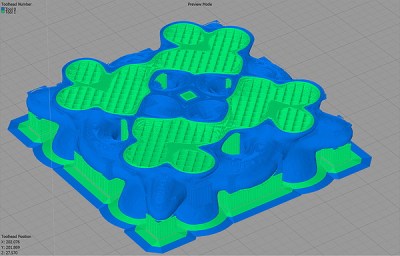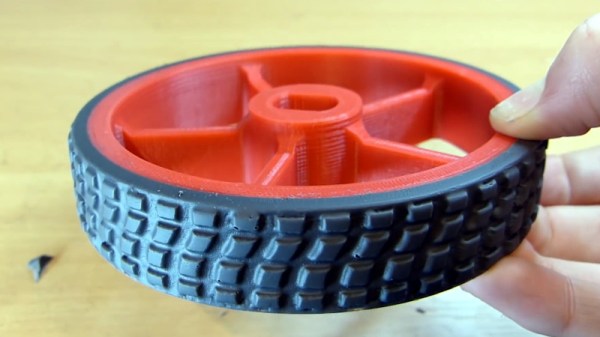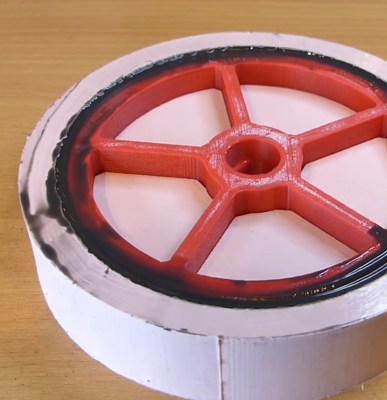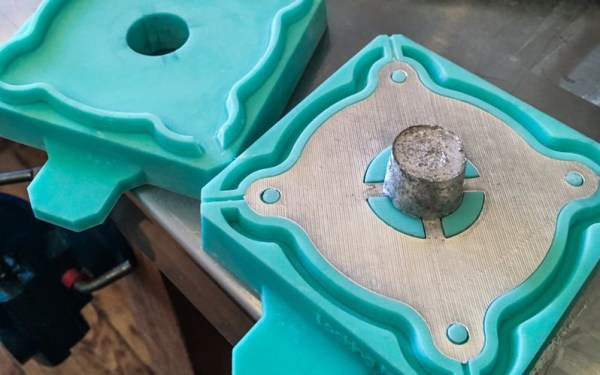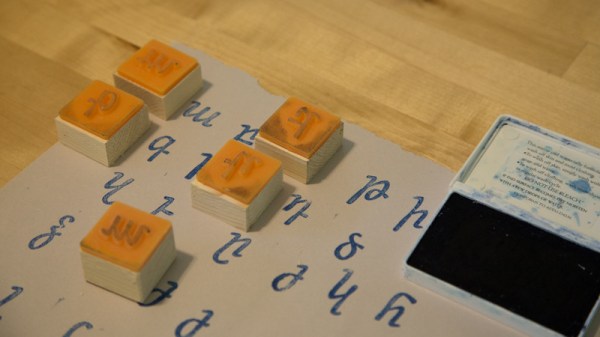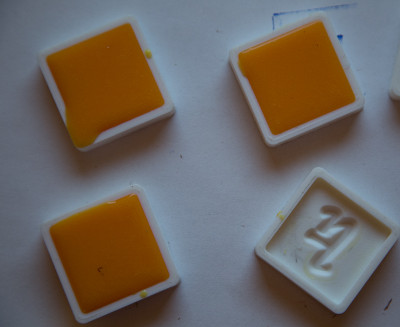Caffeine fuels the hacker, and there are plenty of options to get it into your system, from guzzling energy drinks to chewing instant coffee pellets. But let’s take a nice cup of coffee as input source, which itself can be prepared in many ways using all kinds of techniques. In its simplest form, you won’t need any fancy equipment or even electricity, just heat up some water over a fire and add your ground beans to it. This comes in handy if you’re camping out in the woods or find yourself in a post-apocalyptic world, and in case you still prefer a stylish coffee maker in such a situation — why let an apocalypse ruin having nice things? — you’re in luck, because [Andreas Herz] designed this nifty looking off-the-grid coffee maker.
The design somewhat resembles a certain high-end precision coffee maker that even fictional billionaires approve of, which [Andreas] created in Fusion 360 and is available online. The device base is made from brass, wood, and silicone he cast from a 3D printed mold, while the glass and ceramic parts — i.e. the water tank and coffee pot — are simply store bought. [Andreas] opted for fuel gel as heat source, which burns under a copper coil that acts as heat exchanger and starts the actual brewing process. It took him a few attempts to get it right, and in the end, a coat of black exhaust paint did the trick to get the temperatures high enough.
This may not be the fastest coffee maker, as you will see in the video after the break, but choosing a different fuel source might fix that — [Andreas] just went the safe(r) way by using fuel gel here. But hey, why rush things when you’re camping or having a cozy time in a cabin anyway. Now all you need is the right blend, maybe even your own, made with a camp stove coffee roaster. Of course, in case of an actual apocalypse, you may not have easy access to a CNC router or 3D printer, but then there’s always the option to build an espresso machine from salvaged motorcycle parts.
Continue reading “Something’s Brewing Up In The Woods – And It Looks Stunning”

